Originally included in Mazda RX-7 Sports Car Color History, by John Matras, published by Motorbooks International, 1994; republished by the author
Just looking at the first-generation RX-7 was enough to provoke speculation about Mazda’s Rotary sportster’s appearance as a convertible. The cockpit styling of the first generation RX-7’s roofline had a break between the body and the roof, leaving a body shape that, at first consideration, seemed a natural for a convertible conversion. And weren’t “real sports cars” convertibles anyway?
With Kalifornia Konvertibles being made of everything from Mustangs to Countaches, the thought of the RX-7 as a convertible, without doubt, occurred to many. Although he may not have been the only one to take the top off an RX-7, Al Dooley possibly did it the most and maybe the best.
Dooley, sales manager for a Mazda dealership in 1978 when the RX-7 debuted, found the car’s clean lines irresistible. He decided he would make convertible RX-7s if Mazda wouldn’t.
Setting up shop as Pacific Avatar in Garden Grove, California, Dooley started each conversion by lopping off the top. The fastback RX-7, however, presented more problems than a notchback would have. The RX-7 had no rear deck, so Pacific Avatar constructed one from sheet steel, and continued the contour of the RX-7 coupe body. Making the entire rear deck wasn’t necessary, though, as Dooley serendipitously discovered that the Mazda 626 rear deck had the same curve as the RX-7’s. Dooley needed to merely adapt the 626 trunk lid, complete with its factory-stamped reinforcement on the underside. The biggest problem was that the lip on the lid was too short, but this was corrected by adding a strip of steel and finishing it, thus giving it the appearance of a factory job.
Razing the roof removed a lot of structural rigidity. Pacific Avatar strengthened its topless Mazda by adding an X-shaped steel brace under the body, quarter-inch steel plates on the rocker panels, additional longitudinal bracing behind the seats, and a loop around the back of the body opening. Later cars had a plastic material added inside body panels for additional sound deadening.
The top, which had a striking resemblance to that of the Mercedes Benz 450SL, folded into a well behind the seats and under a metal cover, leaving some storage room behind the seats even with the top down. Although he made some “vanilla” cars, as Dooley calls simple convertible conversions, more had additional modifications, including “wide-body” fender flares with wheels and tires to match, and brake upgrades and suspension modifications. Most popular were turbo kits. Prices started at $25,000 for a complete “base” convertible, with the sky the limit for a full custom convertible.
Florida was the biggest market for Pacific Avatar’s convertible RX-7s, although Dooley says the cars were also popular with those in the California movie industry. One even had a supporting role in the low-budget film, Smokey Bites the Dust.
According to Dooley’s records, Pacific Avatar performed 126 conversions between 1979 and the last convertible car bound for Maryland in 1987. The cars were sequentially numbered and identified by a data plate in the engine compartment. When the second-generation RX-7 was introduced, Dooley investigated a convertible version, but when he received word that Mazda had its own in-house version planned, Dooley dropped plans for new convertible of his own, filling out a few more first-generation cars as demand decreased and ended.





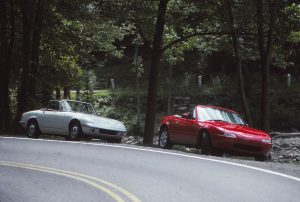
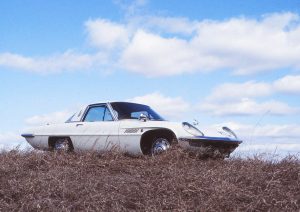

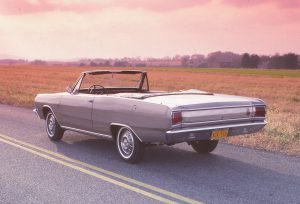
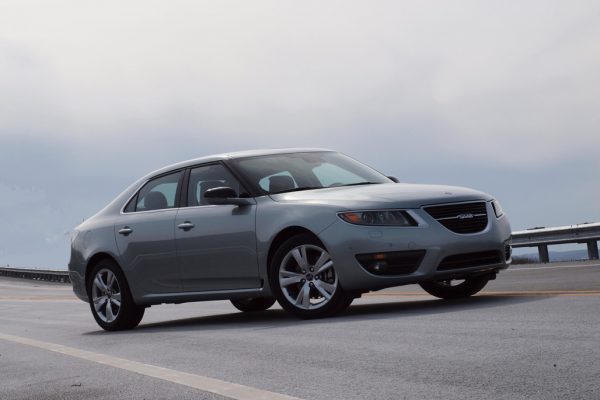
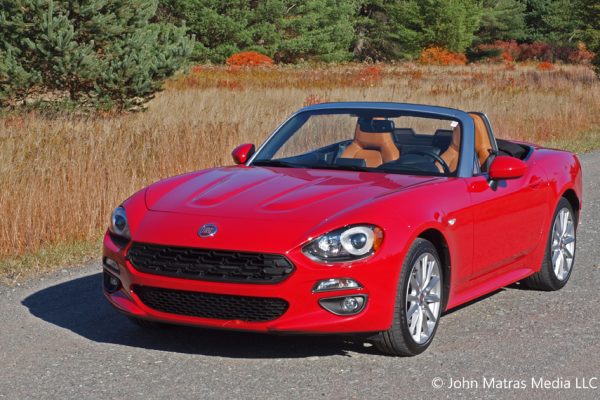

What Do You Think?
You must be logged in to post a comment.